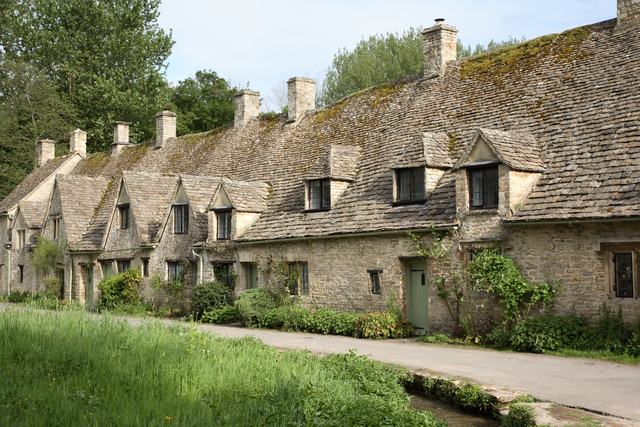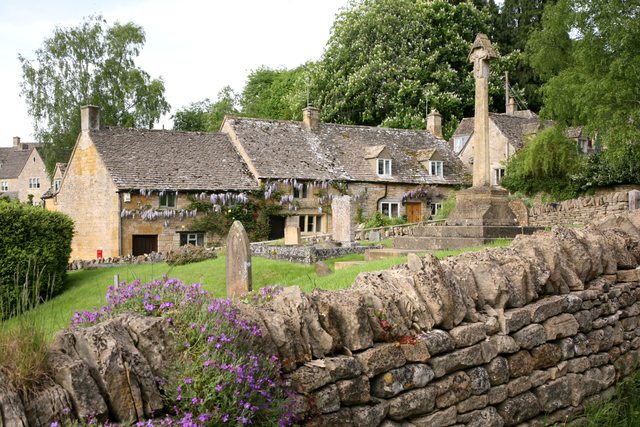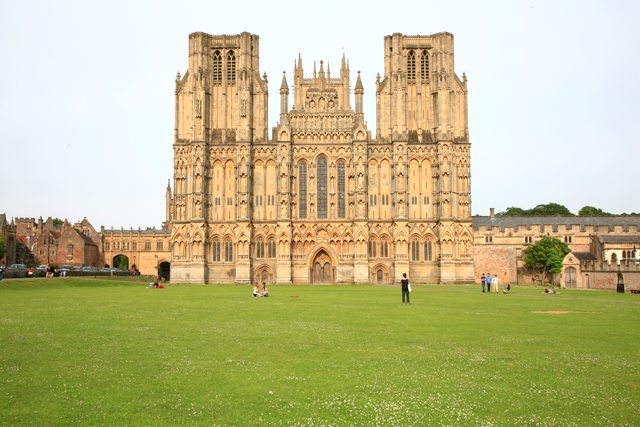Exeter
Exeter
Exeter grew prosperous on the medieval wool boom and the trade that passed through its port on the river exe. The town grew in prominence after the arrival of the Romans who built a fort for the Augusta Legion who were garrisoned there, later it was occupied by the Saxons and then the Normans in between the Danes each adding to or taking away from the fortifications.
Evidence of Exeter’s past can be seen in its buildings, from the roman wall at Southernhay to a 12th century tower at Rougemont , the Normans also built a castle the gate house of which is still visible.
The city has the distinction as the only town still resisting the Normans two years after the conquest. In 1068, William finally besieged the city but after 18 days a truce was brokered in which William promised not to take revenge on the defenders. Little did he know that as he was entering the east gate the mother of King Harold Gytha who was taking refuge there was leaving by the west gate.
Exeter has always been a city of courage and defiance in the wars of the roses the city had leanings towards Warwick the kingmaker , luckily the citizens were able to convince Edward IV that they were really loyal to him, so much so that he granted them the right to a sword and presented a ceremonial sword and regalia.
This courage was really tested in the second world war when the city was targeted by the Germans for a Baedeker raid and in 1942 during a night raid 156 people died and 12 hectares of the city centre was demolished as well as the cathedral sustaining some damage.
Despite this Exeter still has many fine Tudor and Georgian buildings remaining and is a popular destination for a visit or stay. The greatest sight has to be the Gothic Norman cathedral the ceiling has the longest unbroken 13th century fan vaulting in the world. There are two great towers on the transepts and the west face has a multitude of 14th century sculpture the largest anywhere in Britain the bishops throne made from oak is 59ft high and dates from 1313.
The guildhall the oldest municipal building in the country houses two swords as the King Henry VII also granted Exeter the same right when they resisted the rebellion in 1497 led by the Flemish imposter Perkin Warbeck
Other places of interest include underground aqueducts and St Mary’s steps church as well a maritime museum on the Exeter ship canal.
Activities in Exeter
Visit abcbritain's profile on Pinterest.






